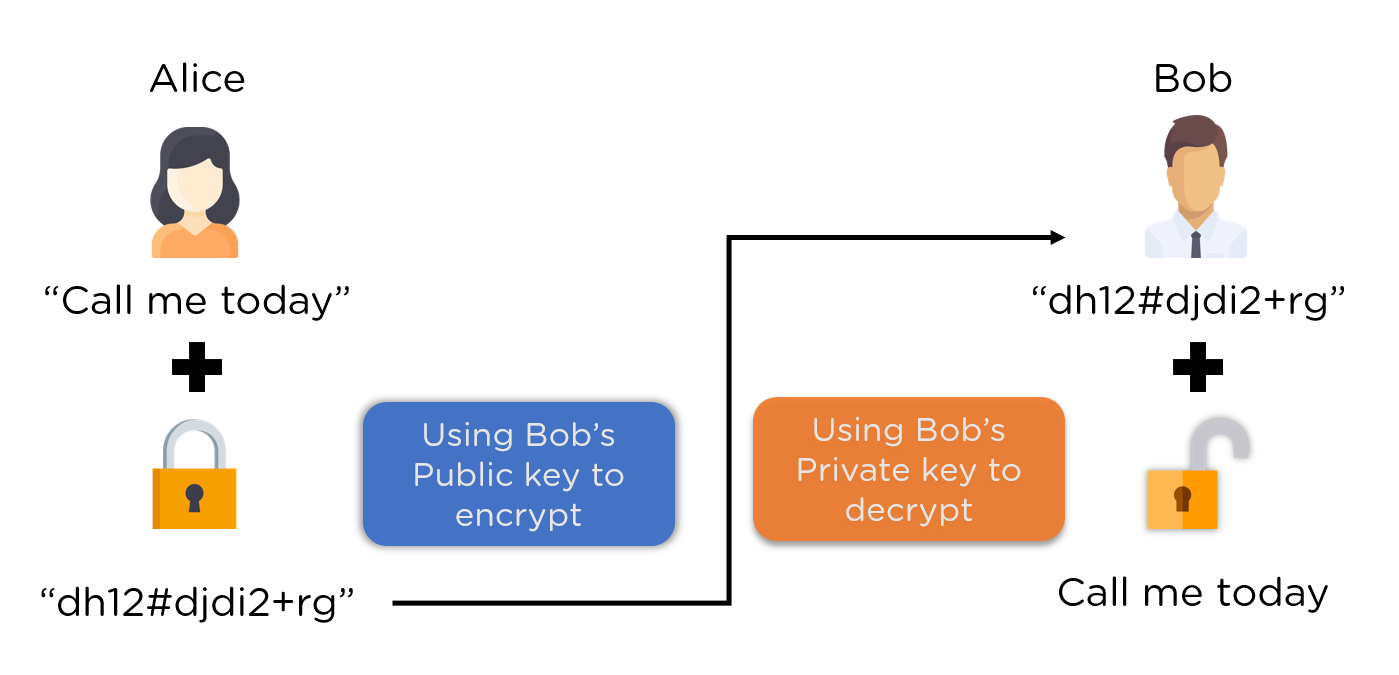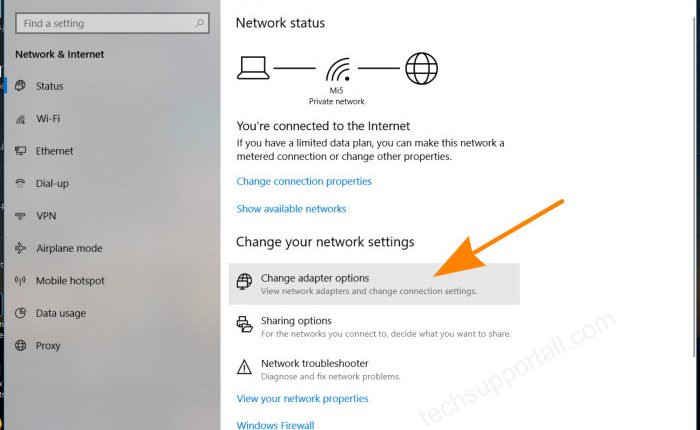
TFTP is a simplified File Transfer Protocol. It uses UDP rather than TCP and doesn't require authentication. This makes TFTP faster than FTP. FTP is faster than TFTP. However, there are some differences. This article will focus on TFTP and the limitations it has. TFTP doesn't have authentication, and it is also slow. If you need to share files between two systems, then TFTP may be better.
TFTP is a simplified File Transfer Protocol
TFTP (Transfer Protocol for Windows) is a simplified FTP. It does not use authentication or a logon mechanism like FTP. Rather, it transmits all data in plain text across a network, so it is easily intercepted and read by malicious attackers. Because of this, TFTP is not a good choice for sensitive data transfer. TFTP can still be used for bootstrapping.
TFTP works by a client asking to transfer a file from a server. This request is also known to be a "connection request". The server must grant the connection request. The client will send the file once it has granted the request. The file is sent as blocks. The original TFTP protocol specified a block size of 512 bytes. However, later versions allow the server or client to negotiate the block size. If the server rejects the client's request, the transfer is considered unsuccessful.
It lacks authentication
TFTP allows file transfers. It is compatible with UDP port 69, and clients are not required to authenticate. TFTP, which uses RFC1350 datagram format allows clients to read files and send them to servers. TFTP is rarely used over the Internet. TFTP is used mostly to send configuration files to VoIP handsets and ROM pictures.

TFTP was released in 1980 and was intended to do the most basic file transfer. It lacks authentication and is frequently found on a local network. An unauthorized user can access files uploaded to remote servers.
It uses UDP
To determine if TFTP is using UDP, we can use tcpdump. Basically, tcpdump interprets a UDP packet, prints the RRQ, name of file and length of data in bytes. The first two bytes represent the opcode, followed by eight bytes of netascii and another byte.
TFTP uses UDP port 69 in order to transfer files from and to remote servers. TFTP does no provide authentication or encryption. Clients cannot protect their files from being tampered with. This protocol doesn't list directory contents.
It is much faster than FTP
TFTP can be described as a client-server layer protocol. Although not as secure as FTP it can be an alternative for file transfer. It is a good option for situations where directory visibility is not necessary, like backing up or updating files on an IOS device. It does not request files like FTP, which makes it difficult to use for large file transfer.
TFTP is a client-server protocol that uses the User Datagram Protocol (UDP) to send files to and from servers. To send files, it uses UDP port 69. The protocol is not secured and does not support authentication. Instead, the client sends an acknowledgement for each data unit that is sent to it and the server then sends the next one. FTP is less complicated than TFTP. It's also easier to implement.

It doesn't have error checking
Trivial File Transfer Protocol TFTP (file transfer protocol) is a file transfer protocol. This protocol uses network connections to transfer files from a client and a server. This protocol is lightweight and simple to implement. This protocol does not have the same features as regular FTP. It lacks error checking, user authentication, directory support, and other useful features. TFTP's errors are often limited to simple file name problems or to the wrong user's credentials.
TFTP uses simple techniques to reject corrupt files in order to resolve these problems. TFTP does not protect against man-inthe middle attacks. Therefore encryption is necessary. TFTP's File Transfer Protocol has a 32 MB maximum file size and 6-five hundred fifty -five thousand blocks.
FAQ
What Should I Include in My Portfolio?
These are the things you should include in your portfolio:
-
Example of your work.
-
Links to your website (if applicable).
-
You can also find links to your blog.
-
Links to social media profiles
-
Links to online portfolios of other designers.
-
Any awards that you have received.
-
References.
-
Samples of your work.
-
These are links showing you how to communicate effectively with clients.
-
You are willing to learn new technologies.
-
Links showing that you're flexible.
-
You can find links that reflect your personality.
-
Videos showing your skills.
What does a UI designer do?
An interface designer (UI) creates interfaces for software products. They are responsible to design the layout and visual elements for an application. The UI designer may also include graphic designers.
The UI Designer should be able to identify problems and solve them.
A UI designer should be passionate about technology and software development. He/she must understand all aspects of the field, from developing ideas to implementing those ideas into code.
They should be capable of creating designs using a variety tools and techniques. They should be able to think creatively and solve problems by creating innovative solutions.
They should be detail-oriented and well organized. They must be able quickly and efficiently to create prototypes.
They should be comfortable working alongside clients large and small. They must be capable and willing to adapt to new situations and environments.
They should be able speak clearly and effectively with others. They must be able express themselves clearly and concisely.
They should be well-rounded people with strong communication skills.
They must be driven and motivated.
They should be passionate and dedicated to their craft.
How much do web developers make?
The hourly rate for a website you create yourself is $60-$80. You can charge more if you're an independent contractor. An hourly rate of $150-200 could be possible.
Do I have to use a template?
Yes! When creating websites, many people use pre-built templates. These templates contain all the code needed to display information on your page.
These templates are the most in-demand:
WordPress - one of the most popular CMSes
Joomla - Joomla is another popular open-source CMS
Drupal - an enterprise-level solution that large organizations use
Expression Engine – A Yahoo proprietary CMS
Each platform offers hundreds of templates. Finding the right template should be simple.
Statistics
- It's estimated that chatbots could reduce this by 30%. Gone are the days when chatbots were mere gimmicks – now, they're becoming ever more essential to customer-facing services. (websitebuilderexpert.com)
- When choosing your website color scheme, a general rule is to limit yourself to three shades: one primary color (60% of the mix), one secondary color (30%), and one accent color (10%). (wix.com)
- It enables you to sell your music directly on your website and keep 100% of the profits. (wix.com)
- At this point, it's important to note that just because a web trend is current, it doesn't mean it's necessarily right for you.48% of people cite design as the most important factor of a website, (websitebuilderexpert.com)
- It's estimated that in 2022, over 2.14 billion people will purchase goods and services online. (wix.com)
External Links
How To
What is website hosting?
Website hosting refers simply to the place that people visit when they visit a website. There are two types of website hosting:
-
Shared hosting - This is the cheapest option. Your website files reside on a server owned by someone else. Customers visiting your website send their queries over the Internet, to that server. The request is then handed to the owner of that server.
-
Dedicated Hosting - This option is the most costly. Your website is hosted entirely on one server. Your traffic is private because no other websites have shared space on this server.
Shared hosting is preferred by most businesses because it's cheaper than dedicated hosting. Shared hosting allows you to have your website run by the company who owns the server.
However, both have their advantages and disadvantages. These are some of the major differences between them.
Shared Hosting Pros
-
Lower Cost
-
Easy to Setup
-
Frequent updates
-
It can Be Found On Many Web Hosting Companies
Hosting shared with others can cost as low as $10/month. Remember that shared hosting usually comes with bandwidth. Bandwidth is the data transfer speed that you have over the Internet. Even if you upload only photos to your blog you might still have to pay more for large amounts of data that you transfer through your account.
You'll soon realize why your old host cost so much once you get started. Most shared hosts have very poor customer support. Their techs will occasionally walk you through setting up your site, but you're on your own after that.
You'll want to look into a provider that offers 24-hour phone support. They'll take care of any issues that come up while you sleep.
Cons of dedicated hosting
-
More Expensive
-
Less is More
-
Requires Special Skills
You're getting everything you need with dedicated hosting to operate your website. You won't have to worry about whether you're using enough bandwidth or whether you've got enough RAM (random access memory).
This means you will need to spend more upfront. You'll soon realize that your business is self-sufficient once it's online. You'll be able to manage your servers effectively.
Which Is Better For My Business:
This depends on the kind of website that you want. If you're selling products only, shared hosting might work best. It is easy to set-up and manage. Because you share a server, you will most likely receive frequent updates.
However, dedicated hosting can be a great option if you're looking to build a community around the brand. It allows you to focus on building your brand and not worrying about managing your traffic.
Bluehost.com has both. They offer unlimited monthly data transfers, 24/7 support, free domain name registration, and a 30-day money-back guarantee.